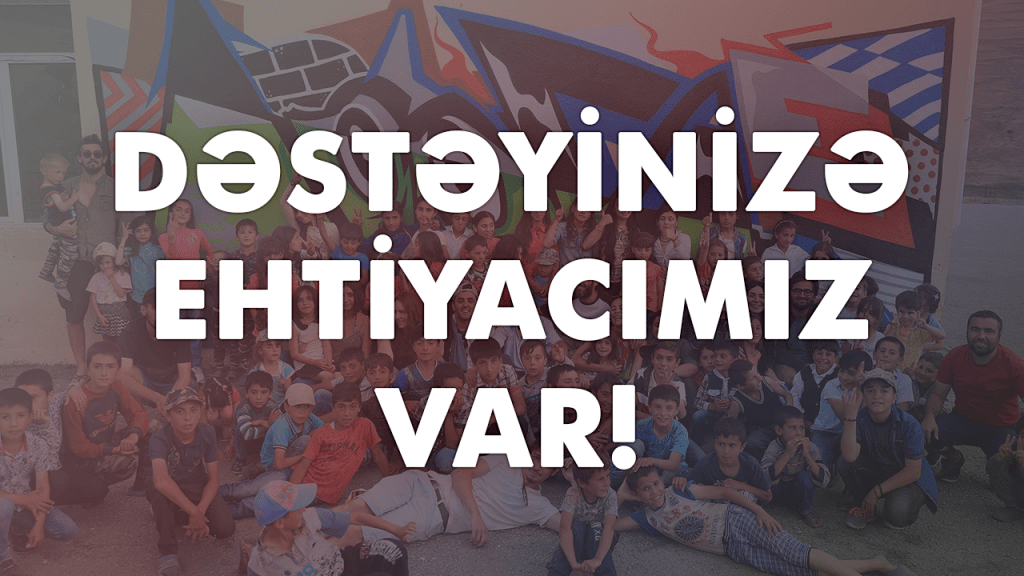Huseyn Haqverdiyev

Huseyn Haqverdiyev’s body of work is visible across Baku’s cultural landscape. An established and internationally-acclaimed artist, Huseyn has been a fixture of Azerbaijan’s art scene since the 1980s. He began his career as a young artist challenged by the artistic controls of the Soviet Union; after Azerbaijan’s independence, he helped to develop contemporary art in Azerbaijan and was one of the most important and iconic artists in Azerbaijan at this time, a distinction that continues today. Working across various media including photography, sculpture, installation and painting, his experimental and complex practice explores materiality, form and emotion. In addition to his work in Azerbaijan, he has also shown in Germany, Georgia, UK, USA, UAE, Norway, France, Russia, India, Uzbekistan, and Italy, participating in significant sculpture symposiums and solo and group art exhibitions. He was named an Honoured Artist of Azerbaijan in 2003, and his practice continues to expand and evolve. His most well-known public artworks in Azerbaijan include his sculpture of St. Mary at the Catholic Cathedral in Baku and a massive mosaic artwork entitled ‘The Legend of the Caspian Sea’ in the Sangachal oil terminal. The monumental works are juxtaposed by the intimacy of his photography, acrylic and graphic works, all of which showcase his mastery of the diverse scale of human experience.
Exploring the multifaceted layers of contemporary existence, Huseyn’s work is varied and prolific. In a joint exhibition at Yay Gallery in 2013 entitled ‘The Other City,’ his moody and ruminative pastel and acrylic works of abstracted city grids and warped skylines capture the frenetic energy of urban life and disorienting modern environments. In one of his most significant recent works, he contributed a massive installation to the Azerbaijan Pavilion at the 56th Venice Biennale in 2015 entitled ‘Beyond the Line,’ which was made up of charred wooden beams covered in gashes, suggesting a devastated landscape of trees. Located at the entrance of the pavilion, his installation bridged contemporary artistic practice with the modern artworks in the gallery above, all by oppressed Azerbaijani artists who chose to create in their own aesthetic style in defiance of the USSR.
His work is also a part of the main exhibition of the Stone Chronicle Museum in Baku, representing the importance of stone to Azerbaijani cultural expression throughout time, from the petroglyph carvings in Gobustan to contemporary stone sculpture of the present day. His stone artworks entitled ‘The Artery,’ appear as megaliths, hatched with deep cuts similar to his Venice works, here echoing ancient stone technology but used in these works to explore the complex emotions of modern human existence. By using natural material – wood and stone – Huseyn showcases their versatility in expressing the eternal desire to make a lasting impression on a changing world. As his practice matures, Huseyn’s experimental artistic gestures have only become more intriguing.













